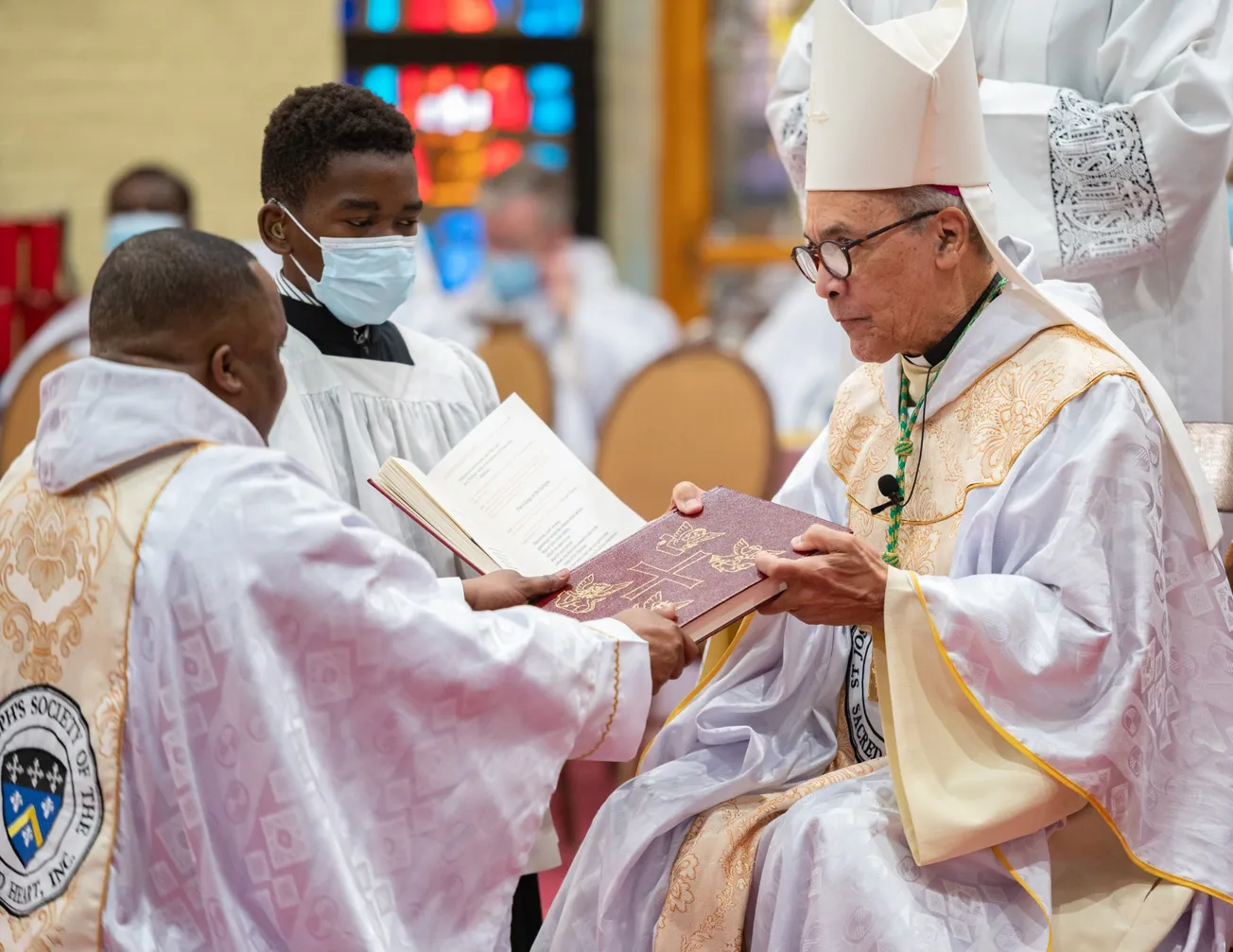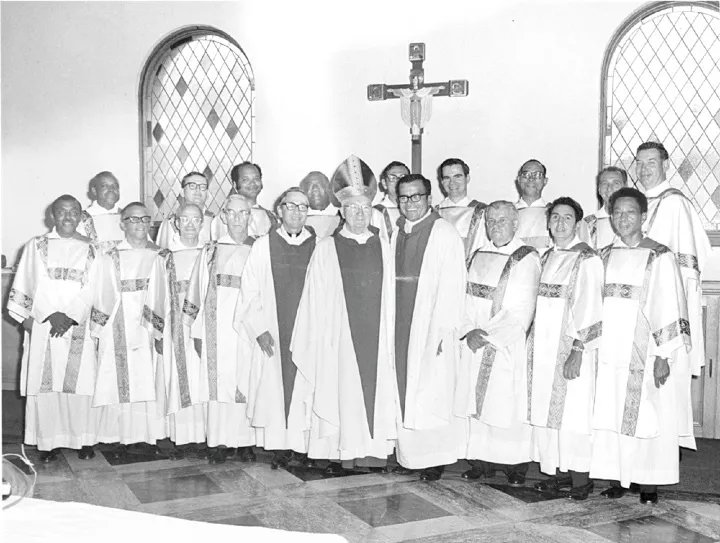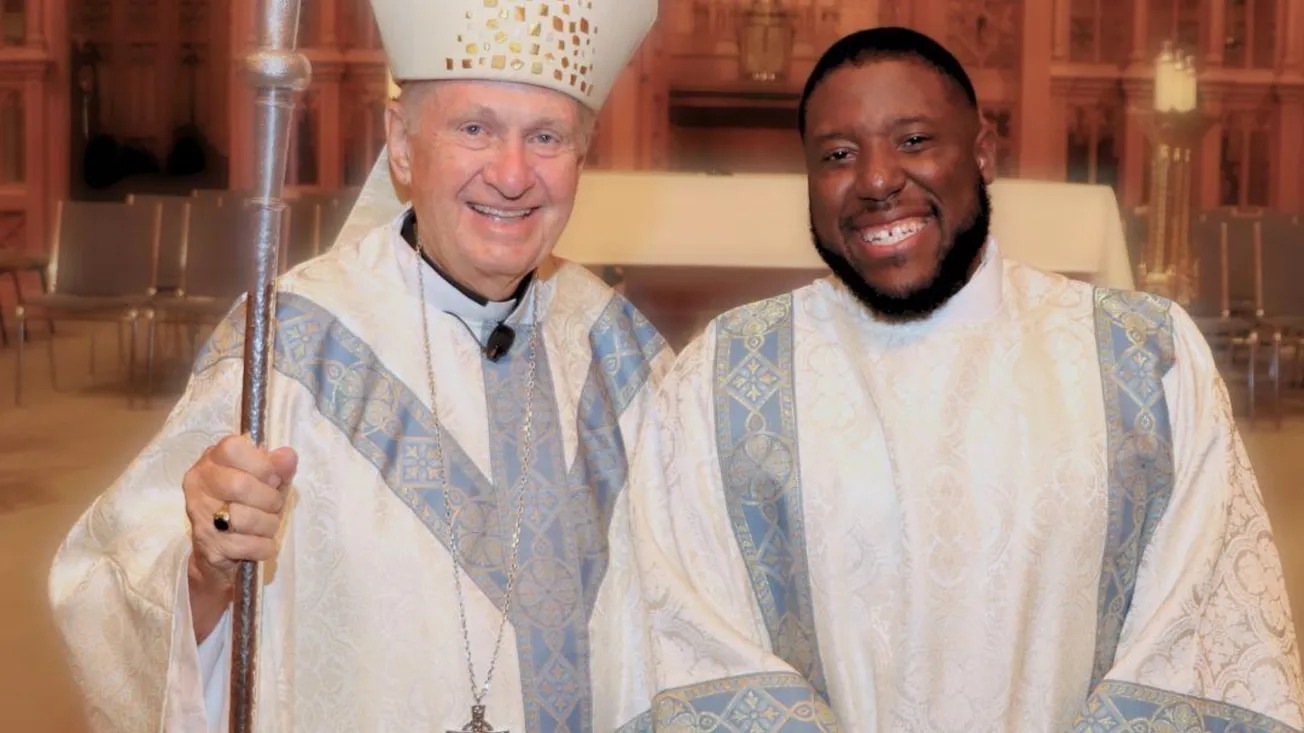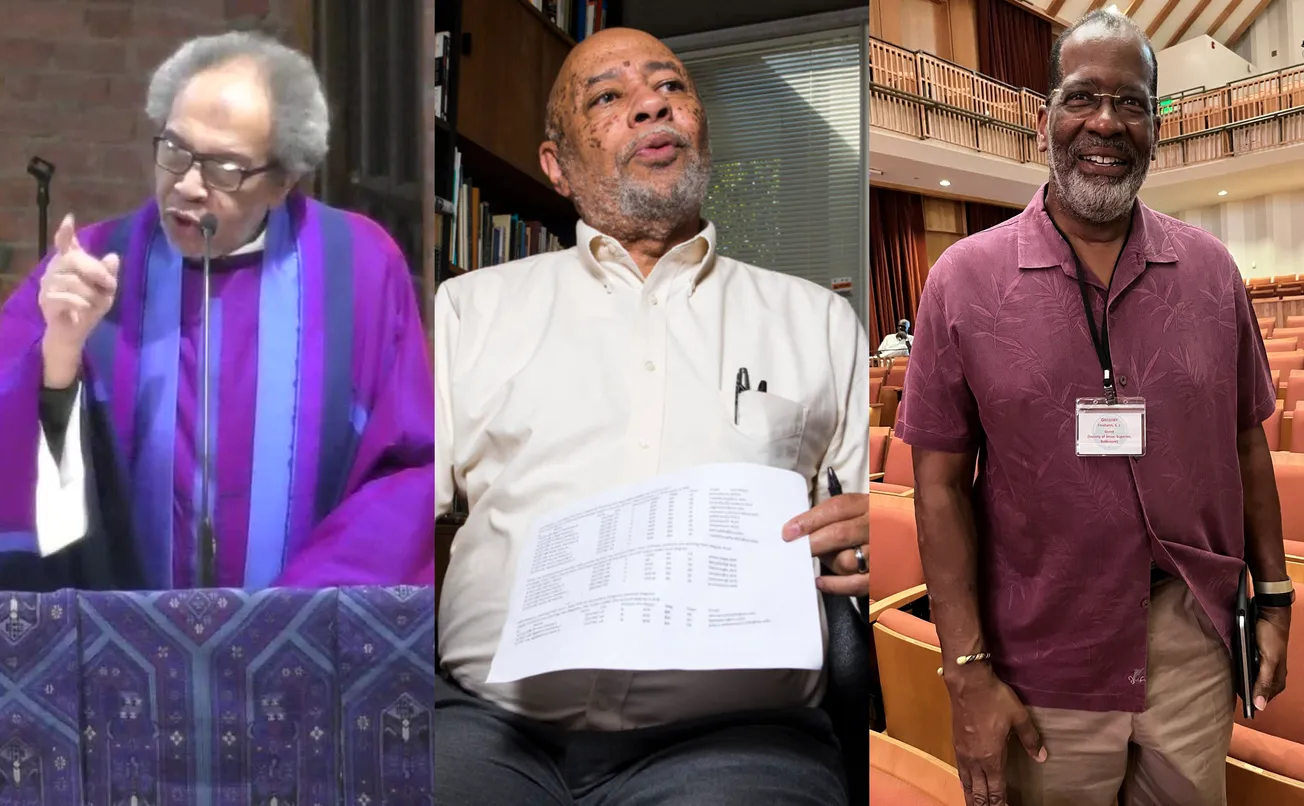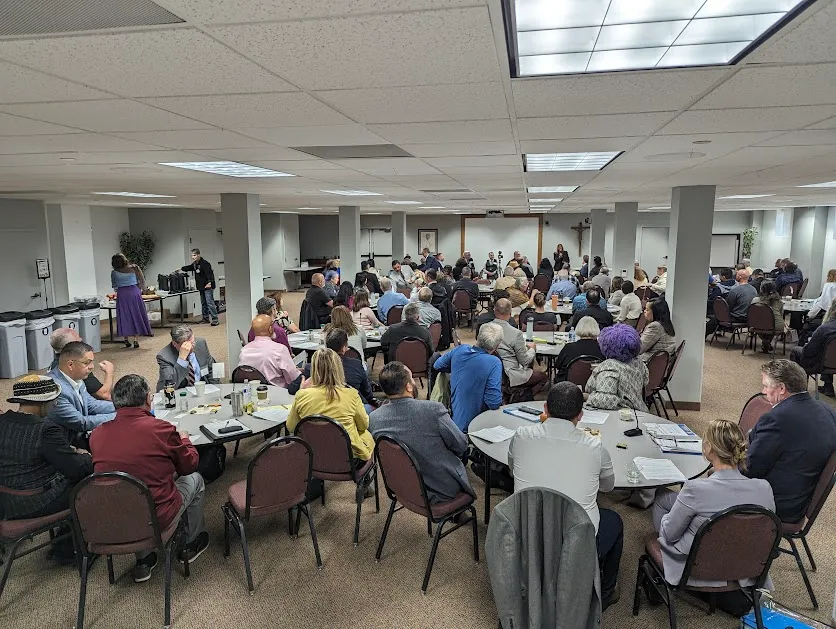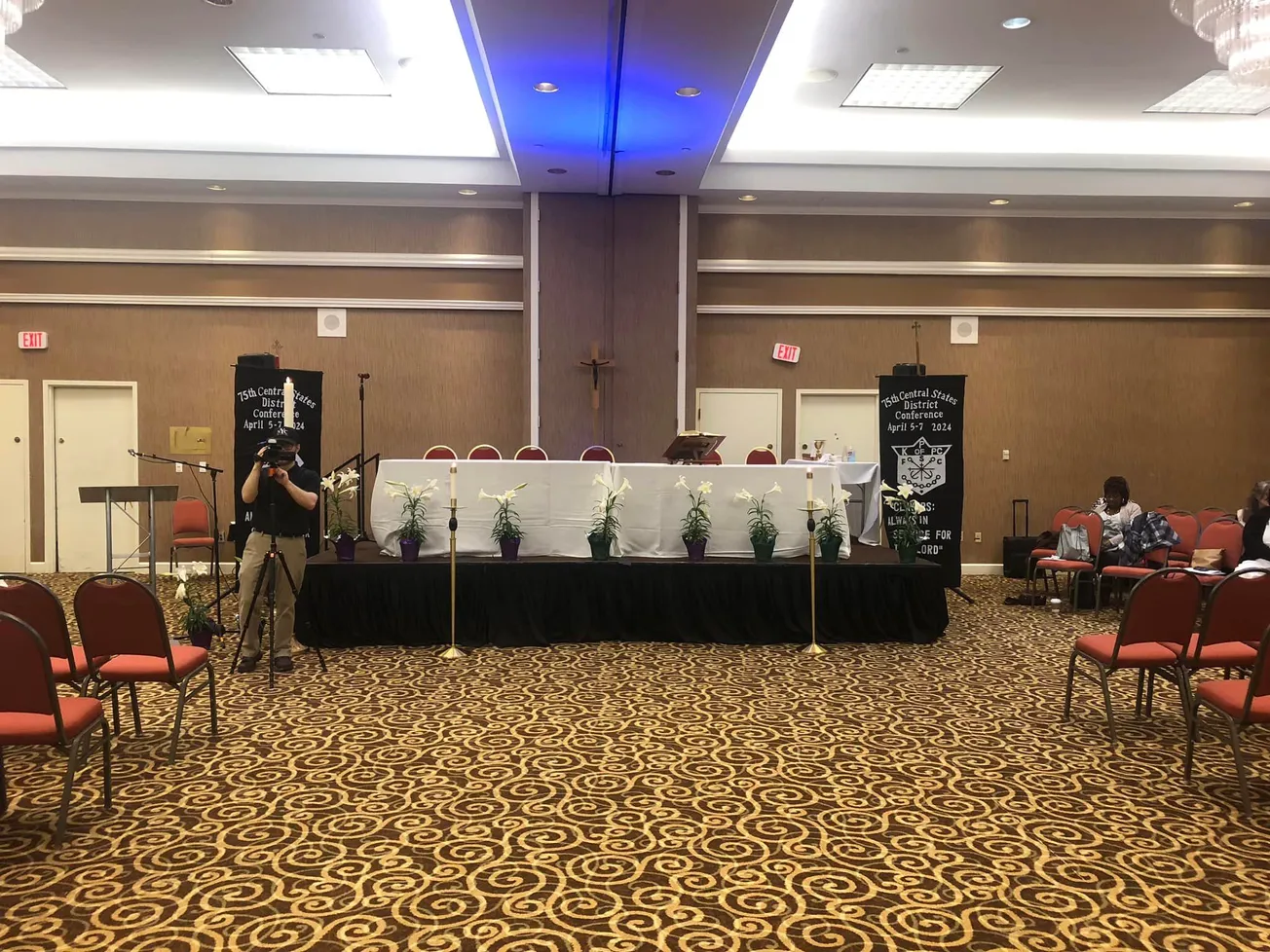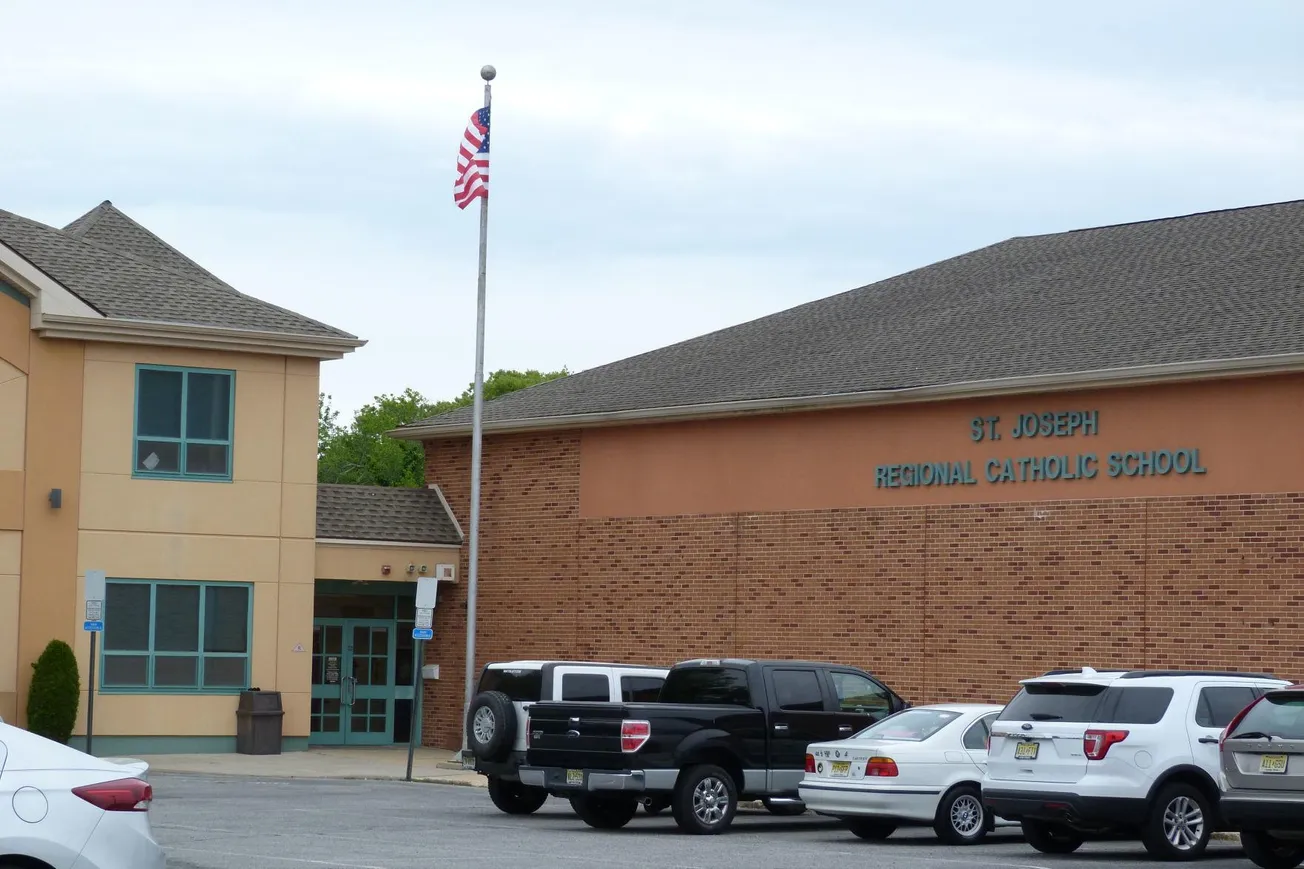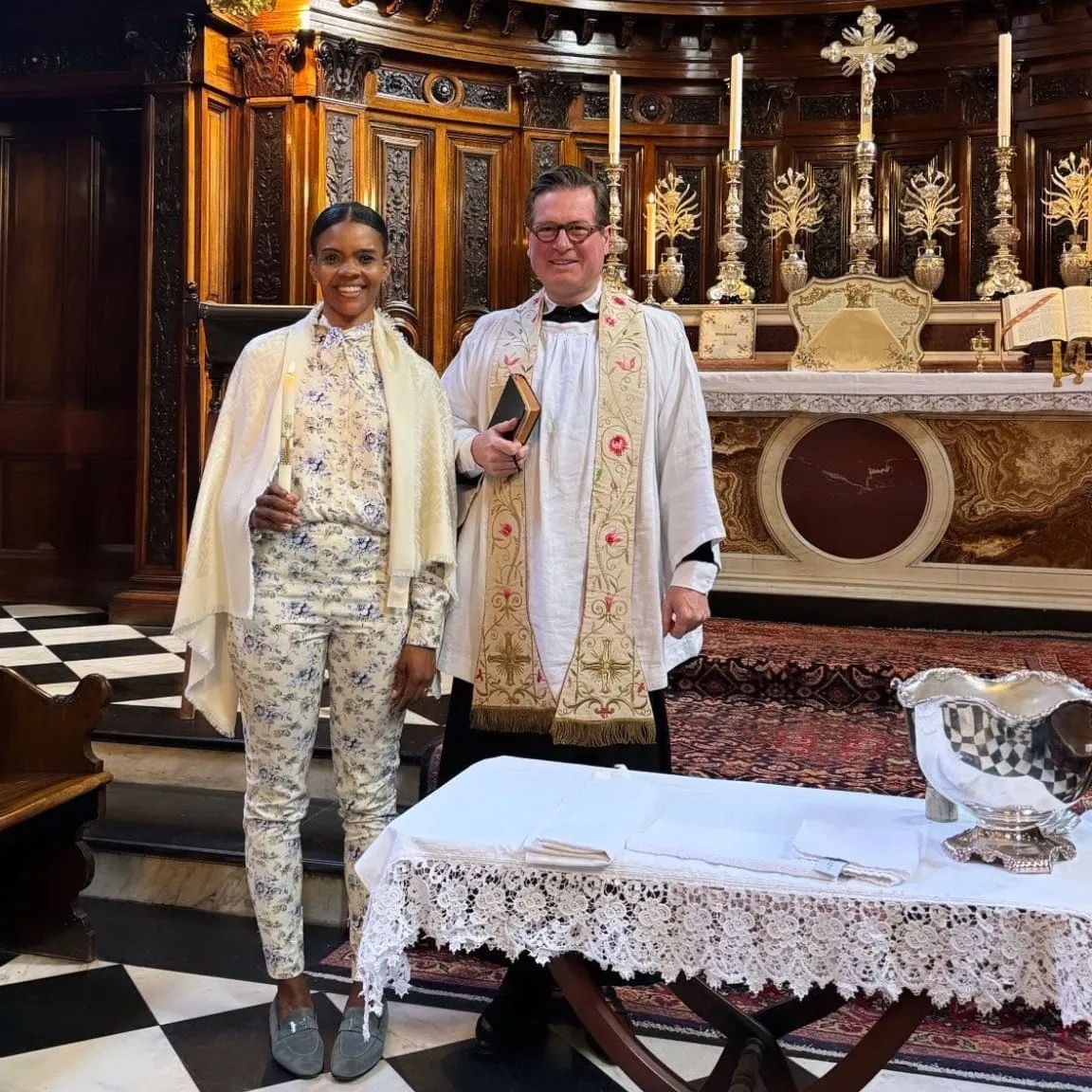If the Church in our neighborhood is going to thrive, we need vocations to the priesthood and diaconate and religious life that come from our own community. Two thoughts come to mind as I think about this: the beginnings of the permanent diaconate in the United States via the Josephites’ work in the African American community, and the way that most people recognize and act on their call.
Vocations are typically realized when the discerning person meets a priest, deacon, or professed religious. There is an invitation to further discern. There is an ongoing conversation that results in a commitment to act on a call to serve the Church. Moreover, there is a particular way to get vocations from the African-American community. It’s what I will call “The Josephite Way” and when we follow The Way, we get vocations.
Immediately after the conclusion of the Second Vatican Council, Fr George O’Dea, superior general of the Josephites, petitioned the National Conference of Catholic Bishops to study whether to initiate the permanent diaconate in the U.S. Church. The seeds of this effort went far beyond the Mid-Atlantic region where O’Dea resided.
The Anchor, the Catholic newspaper for the Diocese of Fall River, reported on June 25, 1970, on the 26 men then pursuing the diaconate—17 from the Archdiocese of Washington, seven from the Archdiocese of Baltimore, and two from the Diocese of Richmond. Of the men formed in this first diocesan-sponsored program, six from Baltimore were ordained in June 1971 and 16 in Washington on September 11.
What’s remarkable about the class? Americus Roy of Baltimore was the first African-American permanent deacon, and of the seven African Americans ordained from Washington, I personally knew three: Earl Coleman, Joseph Conrad, and Hiram Haywood. They were all from my parish, St. Luke’s Catholic Church in Southeast D.C. But there is more to this story.
My late father-in-law, George Paul Dugue Jr., grew up with the Josephites in New Orleans. He kept a photo of his aunt, Bertha Dugue, on his bedroom dresser; she was known in religion as Sr Edward Vincent, a nun with the Sisters of the Holy Family. She chose that name because of the warm relationship she had with her pastor at Corpus Christi, Fr Edward V. Casserly, SSJ. My father-in-law was a young man at the time his aunt made her vows.
I got the chance to meet Fr Casserly in 1962, when he was pastor at St. Benedict the Moor Church and opened the parish school—the last Catholic primary school built in Washington. It served a working-class African-American community. Dr. Stephen Ochs, in his book “Desegregating the Altar,” wrote of a young Casserly reopening the Josephites’ St. Joseph Seminary to African Americans after decades of racist restrictions. Many Black men entered thereafter, seeking vocations to the priesthood and religious brotherhood. In the parish, in the neighborhood, and in the seminary, Casserly was looking to walk with those discerning.
Fr Paul Oberg, SSJ, was the pastor at Our Lady of Fatima Church in Birmingham, Alabama, in 2011. His parish was within walking distance of the historic Birmingham Jail. Looking to rebuild the parish school, he hired one Velda Benjamin-Gilyot, who was new to the job of principal, to reenergize his school. She flourished under his tutelage.
Shortly after his ordination to the priesthood following years as a religious brother, Oberg became pastor at Sacred Heart Church in Port Arthur, Texas. Seeing a young professional who was a longtime parishioner, he sensed that the young man had a vocation. After walking and talking with Fr Oberg, this young man—Michael Thompson—began his formation for the priesthood and later became the second African-American superior general in the history of the Josephites.
I met my spiritual advisor, Fr Donald Fest, SSJ, in 2003 when he came to Our Lady of Perpetual Help Catholic Church in Washington after a very brief assignment at St. Benedict the Moor. The next time we engaged in a conversation was during a graduation at St Mary’s Seminary in Baltimore. He asked me why I was at the graduation and I asked him the same question, to which he responded, “I am a priest, and priests frequent seminaries; you are a layman from another diocese. Why are you here?”
As it turns out, I was visiting my best friend, Levester Jones, who was studying for the priesthood at St. Mary’s. Fr Fest was never assigned to St. Joseph’s Seminary or employed as vocations director, but he was spiritual advisor to my best friend, Fr Jones, a diocesan priest; Ricardo Bailey, another St Mary’s alum; and Fr Grant Gaskin, who moved from the Archdiocese of Washington to the Archdiocese of the Military Services. I have met at least four other African-American men who were discerning and sought his counsel since I met him 20 years ago.
These Josephites are different men, in different times, with different assignments, but they somehow have the same way of engaging and befriending people and walking with them as they discern. O’Dea, Casserly, Oberg, and Fest have lived “The Josephite Way.” Their way produced vocations from the African-American community at schools, in parishes, and in the neighborhood.
Deacon Timothy E. Tilghman is a permanent deacon of the Archdiocese of Washington, currently assigned to St. Teresa of Avila Catholic Church. He has two master’s degrees, one in public policy and the other in theology. He is the author of “Going to the Well to Build Community: A Pastor’s Guide to Evangelization.”


